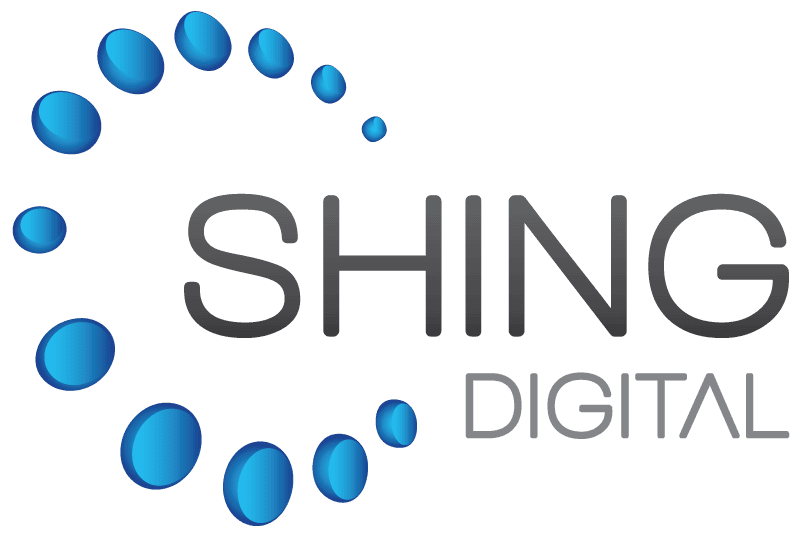Welcome to the future! A world where Artificial Intelligence is your personal assistant, your virtual friend, and sometimes, your digital adversary. AI is slowly shaping the way we live, work, and interact with technology, from self-driving cars to voice assistants and predictive algorithms. However, as we know, with great innovation comes great responsibility- how do we keep our personal information safe and secure from the prying eyes of both humans and machines?
Lucky for us, we don’t have to turn off all our machines to keep our data private and secure. There are many ways to safeguard your information without compromising workplace functionality.
Got a Secret, Can You Keep It?
It is not a conspiracy theory to think that our devices are listening to us. Apps and their features often analyze your voice and online behaviors to create targeted ads for its users. Access to personal data is like currency for AI- the more data you give it, the more it learns about you and attempts to tailor your experience.
This may sound scary but fear not! There are some steps you can take to limit the amount of personal information AI can access, and the trick is to hold onto your secrets tightly.
What does this look like?
For many of us, social media is used like a digital diary. We share so many aspects of our lives, from family, vacations, accomplishments and more. However, we also need to remember that once information is out on the internet, it stays there forever and can be utilized by anything and anyone. Be selective and cautious about the type of personal data you share online, as well as:
· Use apps that respect your privacy. Turn off location services unless absolutely necessary.
· Familiarize yourself with privacy settings on every platform and adjust them to limit the amount of information that AI can access about you.
· Use Virtual Private Networks (VPN’s) to mask your online activity and hide your location when browsing the web.
What about Corporate Privacy?
If you are using an AI tool such as Copilot or ChatGPT, any for of FREE applications will take the information you insert and share it widely across the internet. It is very easy to forget this if you are putting together a proposal or spreadsheet analysis using your client’s information. Yes, the IT tools will help you get the job done much faster and more efficiently. But you are also inserting private client data into the world wide web! Woops!!!!
The way to get around it? Pay for your AI tools. The paid for options, once you log into them, will keep your private company data secure only to your account and organization. Therefore your corporate private information will not be shared with the world. If your organization is starting to work with tools such as Copilot, it may be a good idea to write an AI Use Policy so that everyone knows how to use the tools securely.
Size Doesn’t Matter… Unless it’s Your Password
In the world of AI, password cracking has gone from manual to automatic. It takes a matter of seconds for AI to guess common passwords. If you are still using “123456” or “password” as your go-to, it’s time for a change, which can be scary, but not as scary as having your data compromised.
How to do it:
· Use a password manager. These tools can generate complex passwords for every site you visit and store them securely. Your password should look overwhelming and scary for ultimate threat deterrence.
· Enable multi-factor authentication (MFA) wherever possible. This is like putting an armed guard in front of a locked gate- even if someone guesses your password, they will still need your phone, fingerprint, or email to get in.
· Don’t reuse passwords. A breach of one account could open the door to all of them.
Trust AI, But Watch Your Back
While AI can be a powerful ally in the fight against cyberthreats, it can also be your worst enemy. AI is increasingly being used in the development of malicious software and tools designed to bypass traditional security measures. Hackers are always looking for new ways to leverage AI to help streamline their attacks, but you too can stay updated on the latest AI-driven security trends to stay ahead of the game.
Just like ogres have layers, so should your tools and AI systems. A combination of strong passwords, firewalls, encryption, AI powered antivirus software and smart behaviors should be leveraged to keep your data safe.
Something Smells Phishy
With all these tips and tricks in mind, always remember that human intuition and awareness remain your best line of defense. Machines can analyze patterns, learn, and mimic human behavior quickly, but these systems are not infallible, and they can’t replace human judgement and vigilance. Always be mindful of what you post, share, and consume. If something seems “phishy” then it probably is.
Some Key Indicators:
· Unknown senders or numbers from outside of your organization.
· Spelling and grammatical errors such as misspelled names or domains.
· Site protection: Utilization of https URL and a closed lock icon in the search bar indicates a secure site.
At the end of the day, protecting yourself in an AI-driven world isn’t just about using the latest technology- it’s about being smart, aware, and proactive. In an ever-transforming world, we need to be prepared to embrace the future without losing control of our privacy and security.







